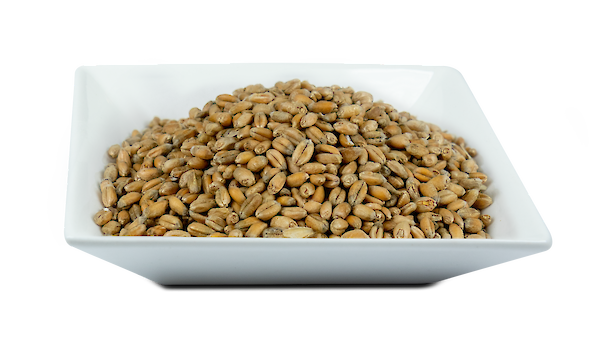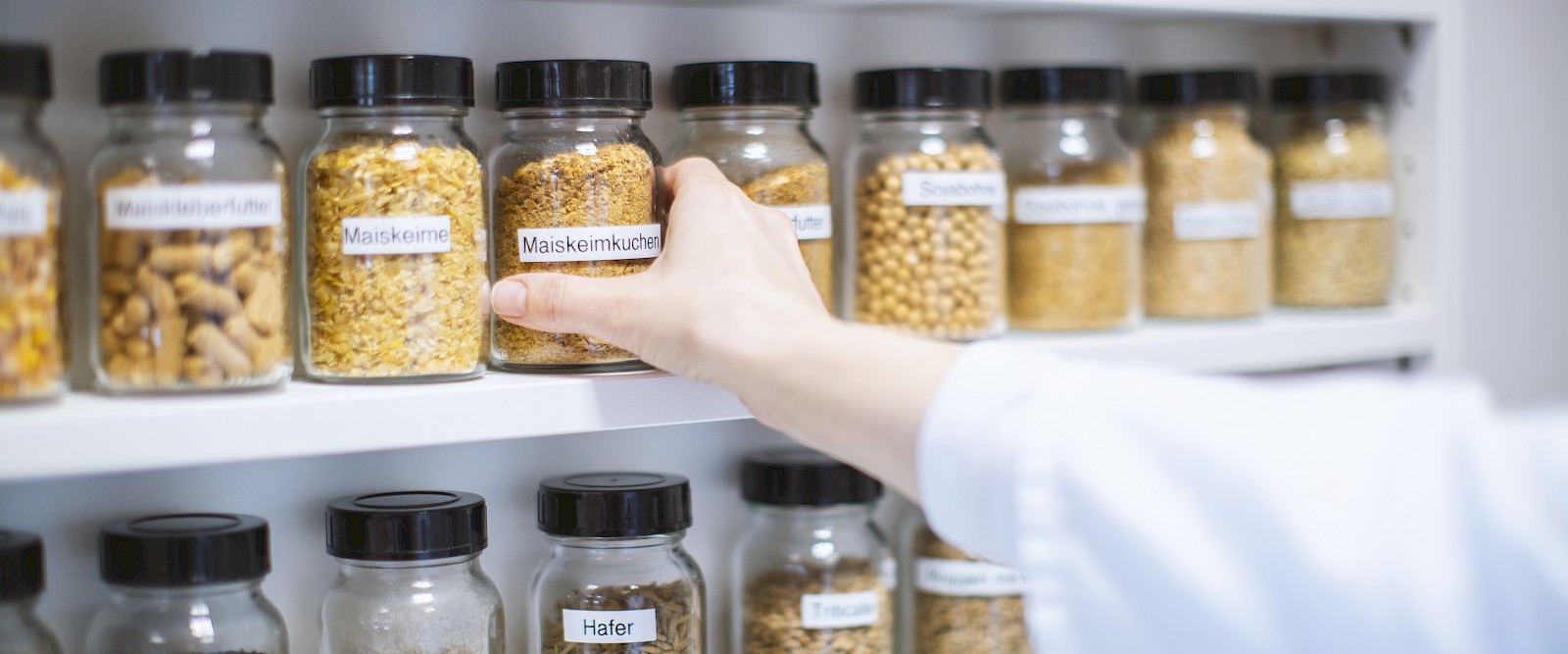Raw material and nutrient lexicon
More entries
- Wheat
- Wheat bran
- Wheat, cracked
- Wheat flakes
- Wheat germ
- Wheat gluten
- Wheat gluten feed
- Wheat semolina bran
- Pregelatinised wheat starch
- Whey powder
Wheat
Wheat(Triticum sativum) is the most important domestic cereal and is grown as winter or spring wheat. Its value for human nutrition depends on its baking ability, i.e. composition and content of gluten protein. For animal nutrition, the starch(approx. 58 %) and protein(approx. 12-14 %) contentare significant. This also determines the energy content. When wheat flour and wheat starch are produced for human nutrition, various by-products are produced that can be used very well for animal nutrition. These are, for example, wheat bran, wheat semolina bran, wheat gluten feed.

Wheat |
|
Ingredients |
Content
|
|
Dry matter, g/kg |
870,00 |
|
Crude protein, g/kg |
120,00 |
|
Lysine, g/kg |
3,40 |
|
Methionine, g/kg |
1,90 |
|
Methionine |
4,80 |
|
Threonine, g/kg |
3,50 |
|
Tryptophan, g/kg |
1,30 |
|
UDP, % |
15,00 |
|
nXP, g/kg |
145,40 |
|
RNB, g/kg |
-4,05 |
|
Crude fibre, g/kg |
26,00 |
|
Crude fat, g/kg |
18,00 |
|
Sugar, g/kg |
29,00 |
|
Starch, g/kg |
583,00 |
|
Starch content |
15,00 |
|
resistant starch |
87,45 |
|
NDForg, g/kg |
104,40 |
|
ADForg, g/kg |
26,10 |
|
NFC, g/kg |
613,40 |
|
Structural value |
-0,13 |
|
Crude ash, g/kg |
16,50 |
|
ME, MJ/kg |
13,80 |
|
ME, MJ/kg |
12,73 |
|
ME, MJ/kg |
11,63 |
|
NEL, MJ/kg |
7,40 |
|
Calcium, g/kg |
0,40 |
|
Phosphorus, g/kg |
3,30 |
|
digestible |
2,15 |
|
Sodium, g/kg |
0,06 |
Sources: DLG feed value tables for pigs; DLG feed value tables for ruminants; Rechenmeister 2000 (Chamber of Agriculture Westphalia-Lippe); CVB Veevoedertabel; DLG Information 2/2001 "Structural and carbohydrate supply of the dairy cow"



